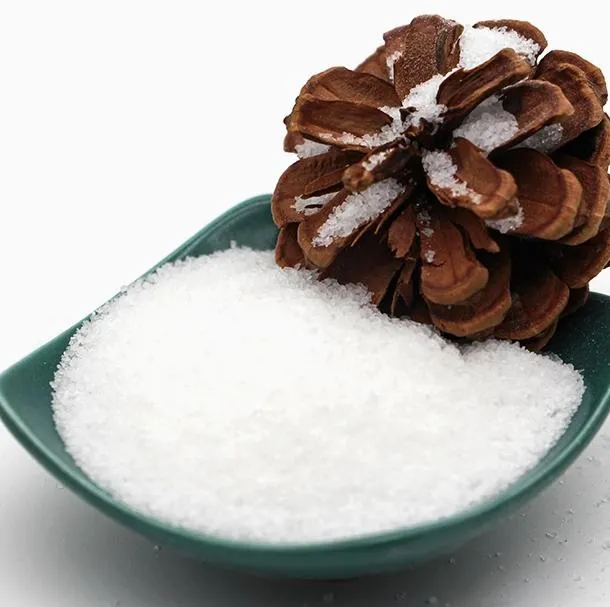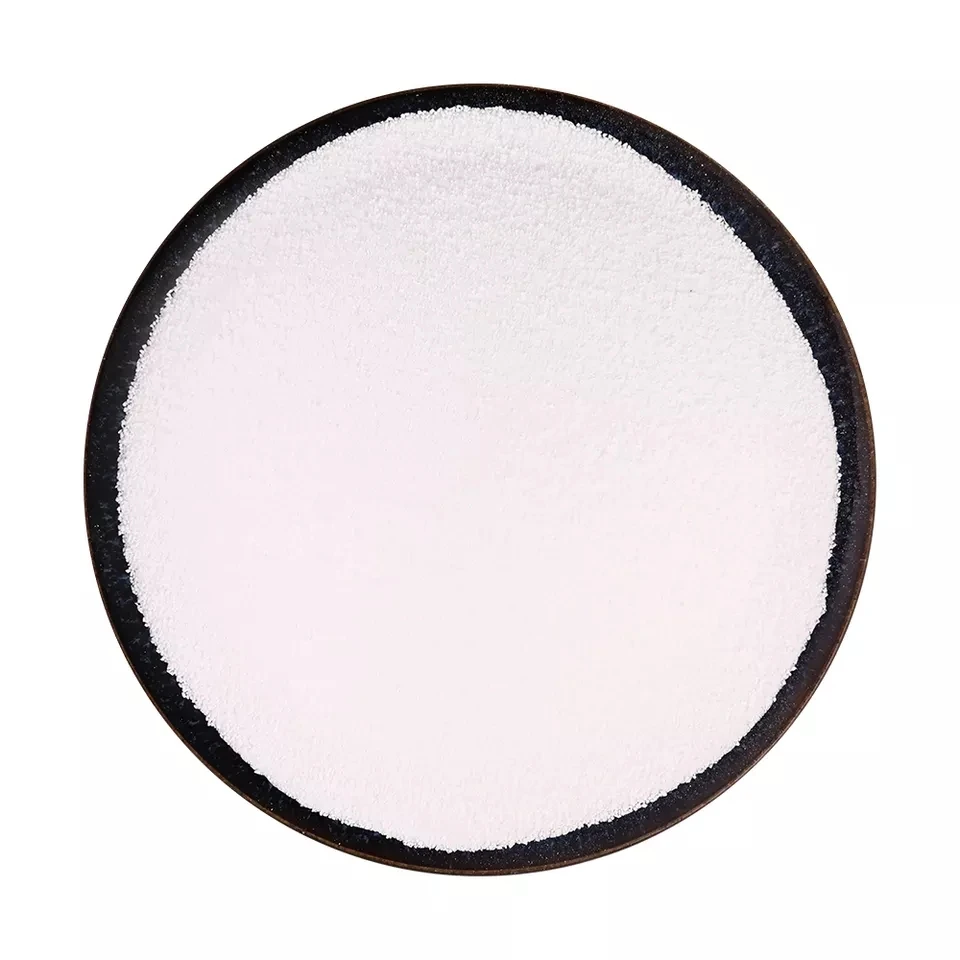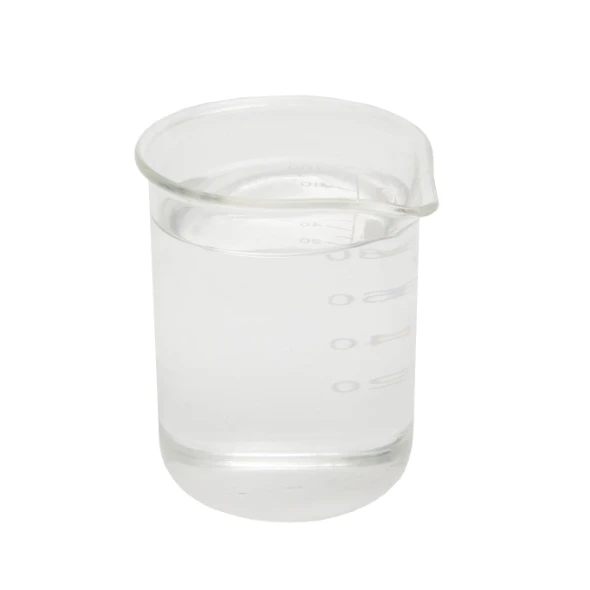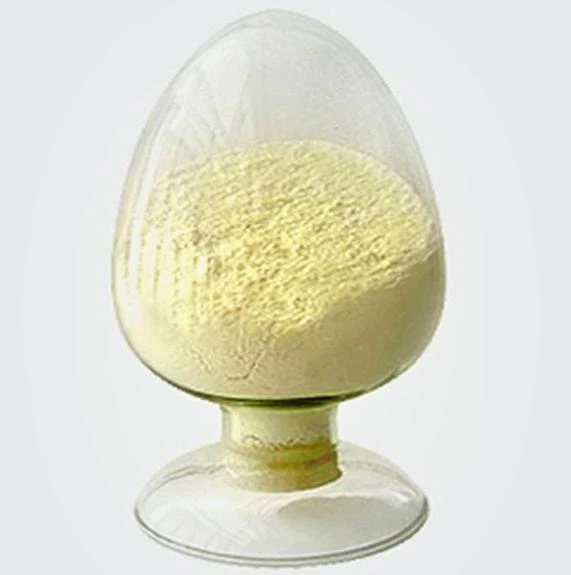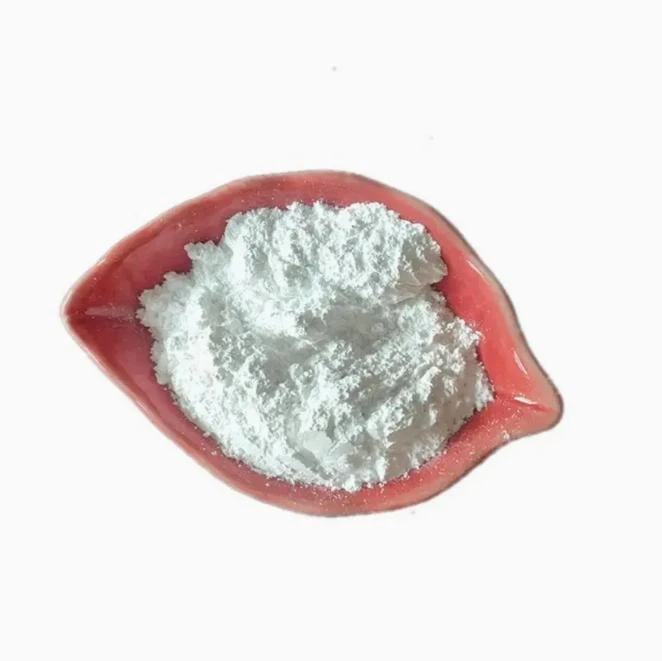Warning: Undefined array key "file" in /home/www/wwwroot/HTML/www.exportstart.com/wp-content/themes/1198/header.php on line 7
Warning: Undefined array key "title" in /home/www/wwwroot/HTML/www.exportstart.com/wp-content/themes/1198/header.php on line 7
Warning: Undefined array key "title" in /home/www/wwwroot/HTML/www.exportstart.com/wp-content/themes/1198/header.php on line 7
- Afirika
- Ede Albania
- Amharic
- Larubawa
- Ara Armenia
- Azerbaijan
- Basque
- Belarusian
- Ede Bengali
- Ede Bosnia
- Bulgarian
- Catalan
- Cebuano
- China
- China (Taiwan)
- Corsican
- Ede Croatian
- Czech
- Danish
- Dutch
- English
- Esperanto
- Estonia
- Finnish
- Faranse
- Frisia
- Galician
- Georgian
- Jẹmánì
- Giriki
- Gujarati
- Haitian Creole
- hausa
- ara ilu Hawaiani
- Heberu
- Bẹẹkọ
- Miao
- Ede Hungarian
- Icelandic
- igbo
- Ede Indonesian
- Irish
- Itali
- Japanese
- Javanese
- Kannada
- Kasakh
- Khmer
- Ede Rwandan
- Korean
- Kurdish
- Kirgisi
- TB
- Latin
- Latvia
- Lithuania
- Luxembourgish
- Macedonian
- Malgashi
- Malay
- Malayalam
- Èdè Malta
- Maori
- Marathi
- Mongolian
- Mianma
- Nepali
- Norwegian
- Norwegian
- Occitan
- Pashto
- Persian
- Polish
- Portuguese
- Punjabi
- Romanian
- Russian
- Samoan
- Scotland Gaelic
- Ede Serbia
- English
- Shona
- Sindhi
- Sinhala
- Slovakia
- Slovenia
- Somali
- Ede Sipeeni
- Ede Sundan
- Swahili
- Swedish
- Tagalog
- Tajik
- Tamil
- Tatar
- Telugu
- Thai
- Tọki
- Turkmen
- Ukrainian
- Urdu
- Uighur
- Uzbekisi
- Vietnamese
- Welsh
- Egba Mi O
- Yiddish
- Yoruba
- Zulu
Polyacrylamide
Polyacrylamide, abbreviated as PAM, is a polymer flocculant that can be used as a coagulant aid, retention aid, sludge dewatering agent, and coagulation settling agent. When adding polyacrylamide series polymer coagulants to water containing suspended particles, the neutralization of electricity and the adsorption bridging effect of the polymer itself can promote the rapid aggregation and sedimentation of suspended particles, achieving separation and clarification effects, thereby improving work efficiency and reducing operating costs. Mainly used as a flocculant in the sewage treatment industry, it has received praise from major enterprises and has a wide range of applications.
According to its characteristics, polyacrylamide can be divided into four categories: anionic polyacrylamide, cationic polyacrylamide, non-ionic and Zwitterion polyacrylamide.
polyacrylamide can also be divided into solid granular and liquid forms according to the form. The solid state is the anion, cation, non Zwitterion, and the liquid state is the liquid state formed by diluting and dissolving these solids in a certain proportion. The shelf life is not as long as the solid state shelf life. Generally, the ratio is the same.

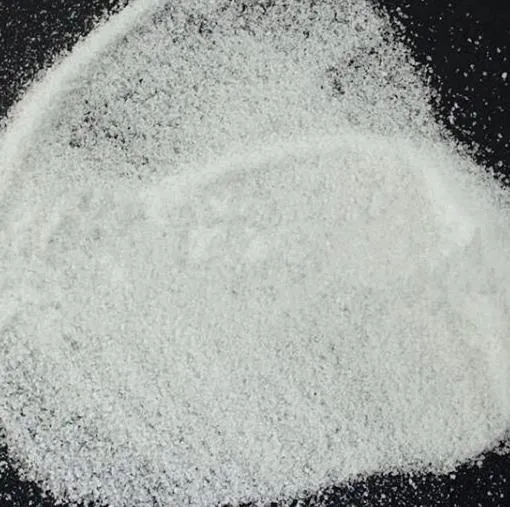
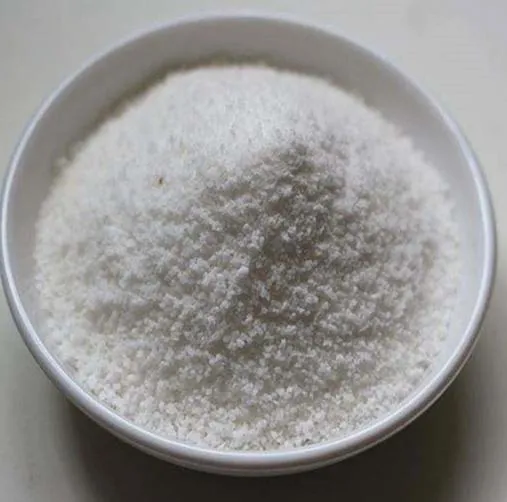
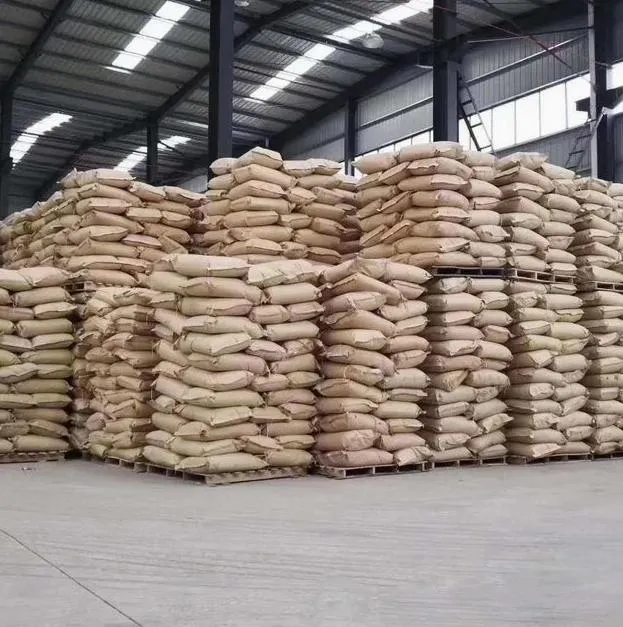
polyacrylamide can be used in industrial waste water treatment and municipal sewage treatment. It is generally suggested that low or medium ion degree and medium or high molecular weight products be applicable to industrial waste water treatment or the mixture of industrial and municipal waste water treatment,medium or high ion degree and medium or high molecular weight products be applicable to municipal sewage treatment,respectively.Besides,high ion degree products work better in digested sludge treatment.If proper cationic polyacrylamide products are employed after concentration and flotation, organic matter in wastewater can be effectively removed.
Anionic polyacrylamide is mainly used in minerals selection, metallurgy, coal washing, food, steel, spinning and papermaking industry which involves separation of solid-liquid and waste water treatment. Anionic PAM can also be used for oil well and oil extraction in oil industry, and retention aids and intensifier in papermaking industry.
Amphoteric polyacrylamide is mainly used high difficult waste water treatment or sludge dewatering reagents in oil refining and chemical industry or papermaking industry.
A ni ọpọlọpọ awọn ile-iṣelọpọ giga-giga pẹlu ifowosowopo jinlẹ, eyiti o le fun ọ ni awọn ọja to gaju ati awọn idiyele ifigagbaga. Ati pe a tun le fun awọn ẹdinwo fun awọn rira olopobobo.Ati pe a ṣe ifọwọsowọpọ pẹlu ọpọlọpọ awọn ile-iṣẹ gbigbe ẹru ẹru ọjọgbọn, le fi awọn ọja ranṣẹ lailewu ati laisiyonu si ọwọ rẹ. Akoko ifijiṣẹ jẹ nipa awọn ọjọ 3-20 lẹhin ijẹrisi isanwo.
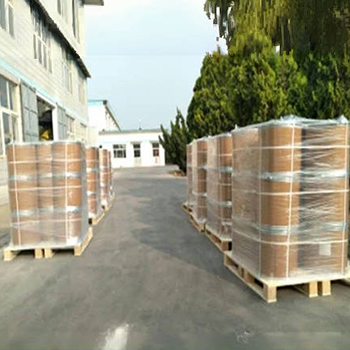



| ITEM | ITOJU | RESULT |
| Ifarahan | White granule powder | White granule powder |
| Solid content (%) | ≥88 | 90 |
| hydrolysis degree(%) | 25-30 | 28 |
| Molecular weight | 18million | 18.45million |
| Water insoluble (%) | ≤0.3 | 0.18 |
| Dissolution time (min) | ≤60 | 40 |
| Remaining monomer (%) | ≤0.17 | 0.05 |
| Acrylamide monomer content (%) | ≤ 0.05 | 0.04 |

1. Ṣe o jẹ ile-iṣẹ tabi ile-iṣẹ iṣowo kan?
A jẹ ile-iṣẹ iṣọpọ compnay ati iṣowo, ti n pese iṣẹ iduro kan.OEM le gba.
2. Ṣe o pese awọn ayẹwo? Ṣe o jẹ ọfẹ tabi afikun?
Awọn ayẹwo ọfẹ.Ọya ẹru ọkọ ayẹwo naa nilo lati san nipasẹ ẹgbẹ rẹ.
3. Ṣe o ni awọn iwe-ẹri eyikeyi ti o ni ibatan si iṣakoso didara?
ISO 9001: 2008 iwe-ẹri lati rii daju didara.
4. Kini MO yẹ ki n pese lati gba agbasọ ọrọ kan?
Pls sọ fun wa iru ọja ti o nilo, iwọn ibere, adirẹsi ati awọn ibeere pataki.Itọkasi yoo ṣee ṣe fun itọkasi rẹ ni akoko.
5. Iru ọna sisan wo ni o fẹ? Iru awọn ofin wo ni a gba?
Awọn ofin Ifijiṣẹ ti a gba: FOB, CFR, CIF, EXW;
Ti gba Owo Isanwo:USD;
Ti gba Isanwo Isanwo: T/T,Western Union; Paypal, Iṣowo Iṣowo.
Ede Sọ: Gẹẹsi.
Awọn ẹka ọja
-
 May . 13, 20252025 European Fine Chemicals Exhibition in GermanyThe much-anticipated Fine Chemicals Europe 2025 will be held in Germany from June 4 to 5, 2025. The event will bring together industry leaders, innovators and stakeholders in the fine chemicals sector, providing a unique platform for networking, collaboration and showcasing the latest advances in the field.
May . 13, 20252025 European Fine Chemicals Exhibition in GermanyThe much-anticipated Fine Chemicals Europe 2025 will be held in Germany from June 4 to 5, 2025. The event will bring together industry leaders, innovators and stakeholders in the fine chemicals sector, providing a unique platform for networking, collaboration and showcasing the latest advances in the field. -
 May . 07, 20252025 New York Cosmetics Ingredients ExhibitionThe much-anticipated 2025 Cosmetics Ingredients New York will be held at the Javits Center in New York from June 3 to 4, 2025. This event will bring together industry leaders, innovators and enthusiasts from all over the world to discuss the latest trends and advances in the field of cosmetic ingredients.
May . 07, 20252025 New York Cosmetics Ingredients ExhibitionThe much-anticipated 2025 Cosmetics Ingredients New York will be held at the Javits Center in New York from June 3 to 4, 2025. This event will bring together industry leaders, innovators and enthusiasts from all over the world to discuss the latest trends and advances in the field of cosmetic ingredients. -
 Apr . 27, 2025Zibo will host the 2025 International Chemical ExpoZibo, a city known for its thriving chemical industry, will host the 2025 Zibo International Chemical Expo from May 16 to May 18, 2025. This highly anticipated event aims to bring together industry leaders, innovators and stakeholders from around the world to explore the latest advancements and trends in the chemical industry.
Apr . 27, 2025Zibo will host the 2025 International Chemical ExpoZibo, a city known for its thriving chemical industry, will host the 2025 Zibo International Chemical Expo from May 16 to May 18, 2025. This highly anticipated event aims to bring together industry leaders, innovators and stakeholders from around the world to explore the latest advancements and trends in the chemical industry.


